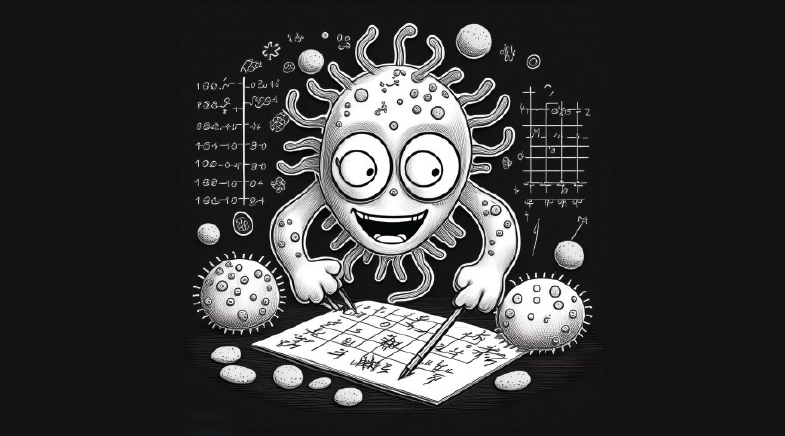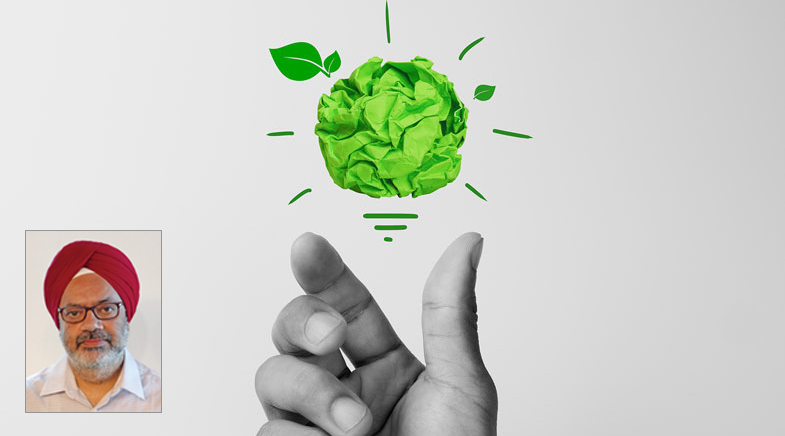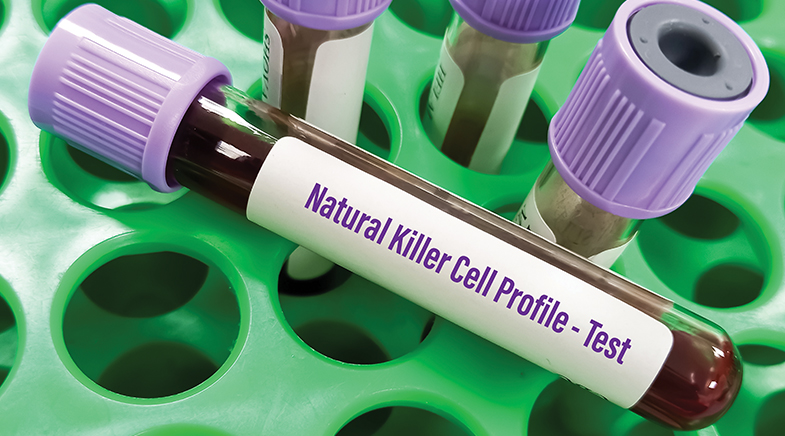Taking out the trash
-
- from Shaastra :: vol 04 issue 10 :: Nov 2025

Scientists zero in on the genes that help cells deal with junk.
Quite like the trash that's regularly removed from homes, cells in the body have a well-functioning disposal and recycling system. And, rather like a trash disposal system that, when disrupted, leads to a stinky pile-up, the cell's system, if faulty, triggers diseases ranging from neurodevelopmental disorders and autoimmune diseases to cancers and metabolic and cardiovascular issues. Yet, this self-cleaning system, or autophagy process, hasn't been fully elucidated.
Now, an Indo-German collaborative research, led by Ravi Manjithaya from the Bengaluru-based Jawaharlal Nehru Centre for Advanced Scientific Research (JNCASR), has shed light on how one piece — the exocyst complex — of this autophagy puzzle works by finding out which genes are responsible for it to function and the role they play in carrying out autophagy.
Autophagy is commonly referred to as a self-eating process because the cell consumes its own waste, breaking them down into their constituent parts, which can be reused. In this process, the cell wraps its waste in a trash bag called the autophagosome, which is then fused with the cell's recycling centre, the lysosome. The size of the trash determines the size of the trash bag. The exocyst complex acts as a docking station, holding the vesicles before they join to form the bin liner of the required size. "We identified genes in the exocyst. We wondered how they control autophagy, how they make those trash bags," Manjithaya says.
As part of their research, published in PNAS (bit.ly/exocyst-complex), the team studied all eight protein subunits of the exocyst complex (Sec3, Sec5, Sec6, Sec8, Sec10, Sec15, Exo70, and Exo84) in yeast and found that Exo70 was not required for autophagy. The other seven subunits were essential for autophagy. When any of these subunits were not functional, the membrane bag was unable to expand.
The team also identified the precise point in the autophagy process when the exocyst complex was required for membrane expansion. Without these seven genes, cells cannot grow to the size needed to wrap their trash. "This complex is evolutionarily conserved, and so the function it performs in yeast cells and mammalian cells is similar," says Ruchika Kumari, the first author of the study.
Saravanan Palani, Assistant Professor at the Indian Institute of Science in Bengaluru, points out that the study uncovers a specialised exocyst module that guides membrane expansion. "It offers fresh insight into how cells maintain health and how this process goes awry in diseases like cancer and neurological disorders," Palani, who is not associated with the research, says.
Have a
story idea?
Tell us.
Do you have a recent research paper or an idea for a science/technology-themed article that you'd like to tell us about?
GET IN TOUCH














